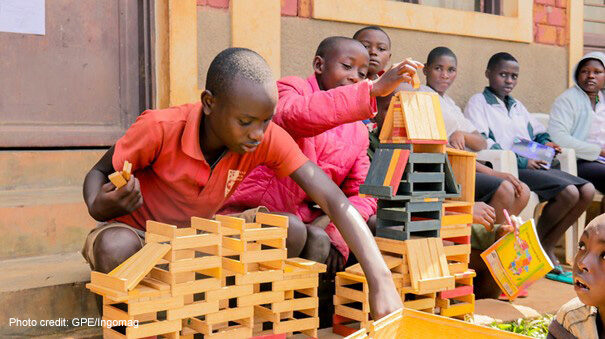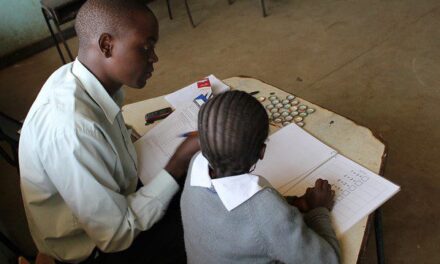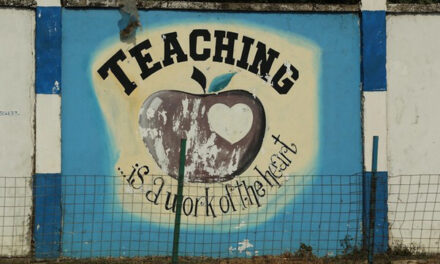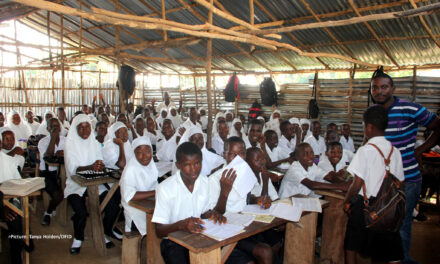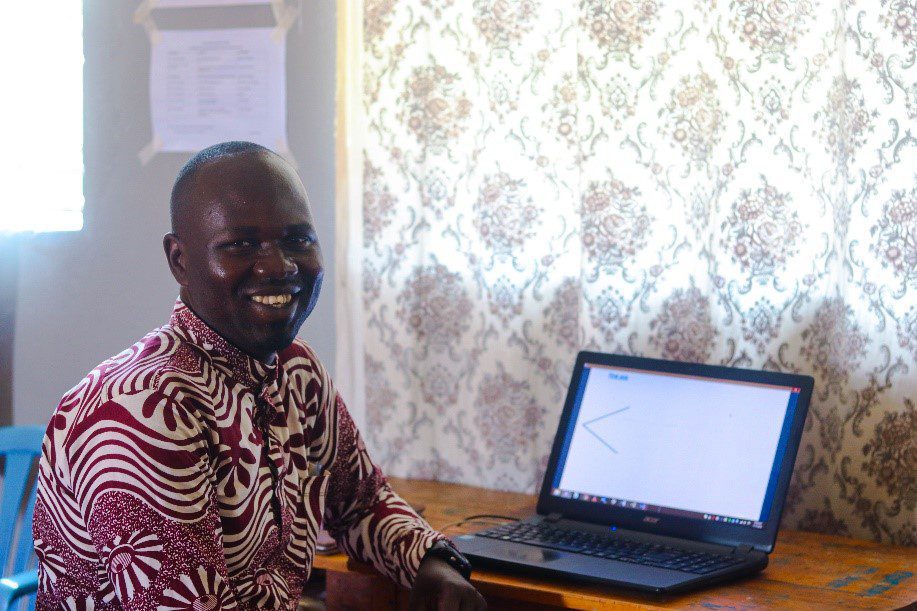This blog was written by Geeta Gambhir and Katarzyna Kubacka, National Foundation for Educational Research (NFER) and originally published on the NFER website on 20 March 2025.
Watching teachers and students interact in the classroom reveals powerful insights into how learning happens. These structured observations help educators improve their teaching methods and create better learning experiences for students. In Burundi, we’ve been working to adapt a classroom observation tool for a play-based learning programme, to meet the needs of teachers and students in Right To Play‘s My Education, My Future (MEMF) programme.
Why classroom observation tools matter
In underfunded and overcrowded classrooms, structured observation tools can provide a deep understanding of teaching quality and providing actionable feedback to educators. Effective classroom observations can help teachers adjust their practice and create better learning environments for their students, with relatively low costs. However, observation tools that aren’t adapted to local realities often end up unused and ineffective, gathering dust on office shelves. This need for realistic adaptation is particularly relevant in eastern Burundi, where many schools operate in low resource setting serving the needs of diverse student body including from returnee refugee communities.
Our adaptation process
We followed a comprehensive approach to adapt the tool. First, we reviewed MEMF programme documents and existing publicly available observation tools to identify relevant elements for our adaptation. We then worked closely with MEMF programme staff to ensure the initial adaptations were appropriate and contextually relevant.
The tool was piloted in two schools in Ruyigi, Burundi. We gathered feedback from teachers, school leaders, and local education officials to refine and contextualise it further. The process concluded with a final review session with MEMF programme staff.
Key adaptations
Our initial review revealed that few open-source tools are available for resource-poor contexts, with organisations typically creating context-specific checklists. Moreover, we needed to ensure that the tool captures play-based learning that MEMF is focused on. Based on these considerations, the pilot and the feedback from teachers and key school stakeholders, we made several important modifications. The changes included:
- Expanding the classroom context section to record student age ranges and types of disabilities, reflecting the multi-age and mixed-ability nature of classes
- Adding gender and social-emotional learning indicators to provide insights into gender equity and playful learning
- Introducing a scoring system to help observers rate teacher and learner behaviours
- Including dedicated spaces for observers’ notes and comments to ensure that the tool materials were practical to use
- Streamlining the tool and developing a comprehensive user guide with detailed observation instructions and examples of effective behaviours to aid the process of classroom observation and tool use for raters.
- Refining the physical safety indicators in the classroom context section of the tool, in acknowledgment of the challenges teachers face with large class sizes (often well exceeding 50 students)
- Simplifying the overall structure for better usability
Current implementation and impact
The adapted tool is now actively used by MEMF programme staff to monitor play-based learning implementation and assess classroom environments. Local school inspectors have incorporated it into their observation practices, and headteachers use it for teacher feedback sessions.
Notably, teachers have reported that the tool serves as a helpful reminder of good classroom practices. The user guide has made the tool accessible and effective, leading to its integration into regular school monitoring processes.
Key lessons learned
- Context is crucial: Tools must be carefully adapted for low-resource settings, considering challenges like large class sizes and high student absenteeism. Special attention should be given to creating safe, inclusive, and child-centred learning environments.
- Focus is essential: Prioritise specific observation areas to avoid overwhelming observers and teachers. Invest time in reviewing tools with programme staff and education stakeholders, including consideration for translation needs.
- Training matters: Observers need thorough training and regular practice sessions. Joint observations help ensure consistent scoring and note-taking skills should be developed to support meaningful feedback.
- Link observations to feedback and teacher development: Post-observation feedback sessions help teachers understand their strengths and areas for improvement. These sessions need to be a safe environment for teacher learning to ensures that they’re not perceived as a way of blaming teachers but rather of strengthening safe and effective teaching and learning environments.
Looking Ahead
This adaptation demonstrates how careful contextualisation and stakeholder involvement can create effective tools for improving teaching and learning in challenging environments. Right To Play plans to expand the tool’s use to other education projects in Burundi and is working towards Ministry of Education validation to enable broader adoption by education stakeholders.
________________________________________
This blog is based on a new report published here, along with the tool and a user guide.

